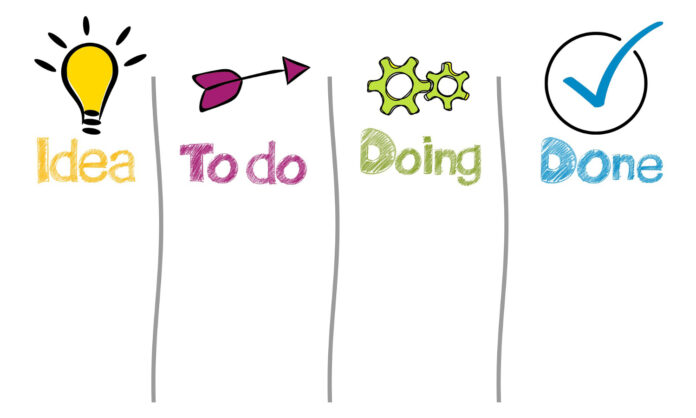
In a post on Writers in the Storm, Lynette Burrows identifies a number of ways writers can examine their process, which she believes can help you achieve better results. “Understanding writing processes, their strengths and weaknesses allows you to adapt your writing process to be what you most need to complete your current work-in-progress,” she says. “That understanding creates the magic that allows you to do your best work.”
What does she mean by process? Every writer is different and can’t rely on a cookie-cutter or assembly-line method to create a story, but there are general processes most of us follow. Burrows identifies six:
- Linear or Chronological. You start at page one and stop at the end. This method can help keep you motivated and experience the story the same way your readers will. However, if you don’t know where your story is going, you risk running off on a tangent.
- Out-of-Sequence. Some writers jump to a point that feels compelling, without worrying if this is the next one in line. This process can help you hit your word count goals but can also result in a messy first draft. You also may skip scenes that are tough to write, leaving you with a lot of hard work at the end…or an unfinished manuscript.
- The End First. Some writers craft the last scene first, so they know where they’re going. This approach can help you stay on track, because every scene has to lead you to that ending, but it can also reduce your motivation, since you already know how your story ends. You might also get too attached to your ending as-written, even if a better idea comes along.
- Cyclic. Using this approach, the writer reviews the previous day’s work, edits and revises as needed, then moves to the next scene. This process can shorten the editing process at the end of the drafting portion, but can also slow your progress. You might also spend a lot of time rewriting and polishing scenes that you need to cut later.
- Layers. With this process, the writer creates several drafts, adding layers each time. For example, a first draft may be all action without dialogue, or all dialogue without much description or interiority. Successive drafts add those additional elements. This process can help you think through each detail…provided you remember all the elements you wanted to add.
- Edit-as-you-go. Similar to the cyclic process, editing as you go helps you produce a cleaner first draft. This can also help you stay on track and create a stronger sense of character and plot. On the other hand, this approach gives a lot of control to your editor brain and may slow your drafting. You might stall out or get caught in a perfectionist cycle, leaving you with a half-finished manuscript.
What process should you choose? Many of us follow a process that we’re taught by a favorite teacher or writing pundit. However, our brains work how they work, and you might not be able to choose what works best for your creative process. Rather, you’ll find what makes you both comfortable in your creativity and productive. Be open to experimentation until you find what works for you, and understand that your process might change from story to story. “There is no right way or wrong way,” Burrows says. “There is only what works and what doesn’t work.”











